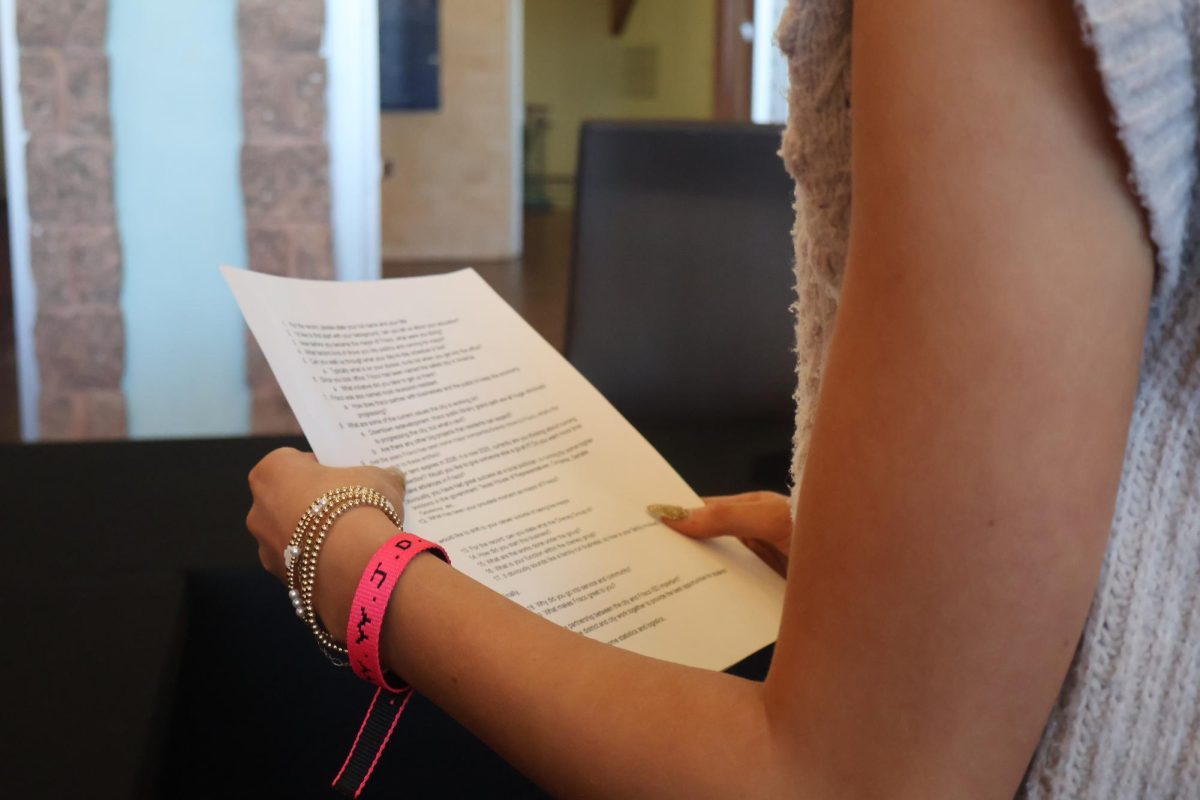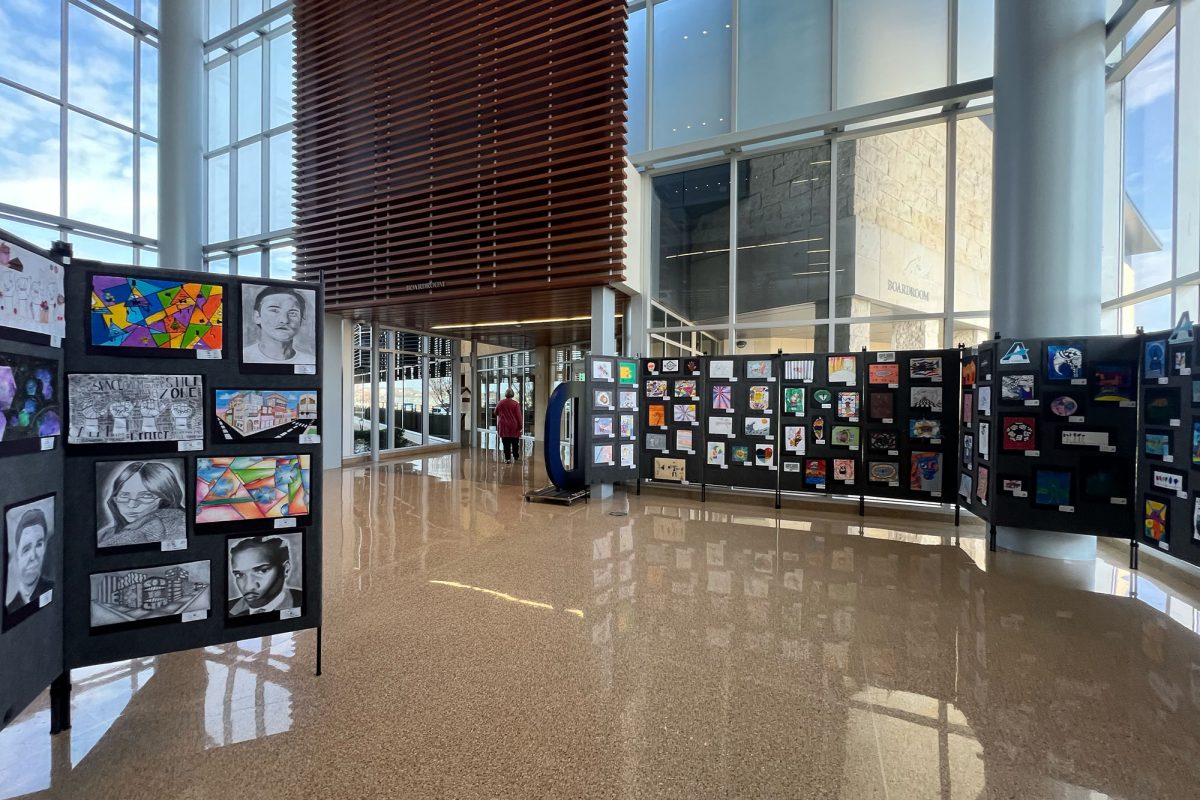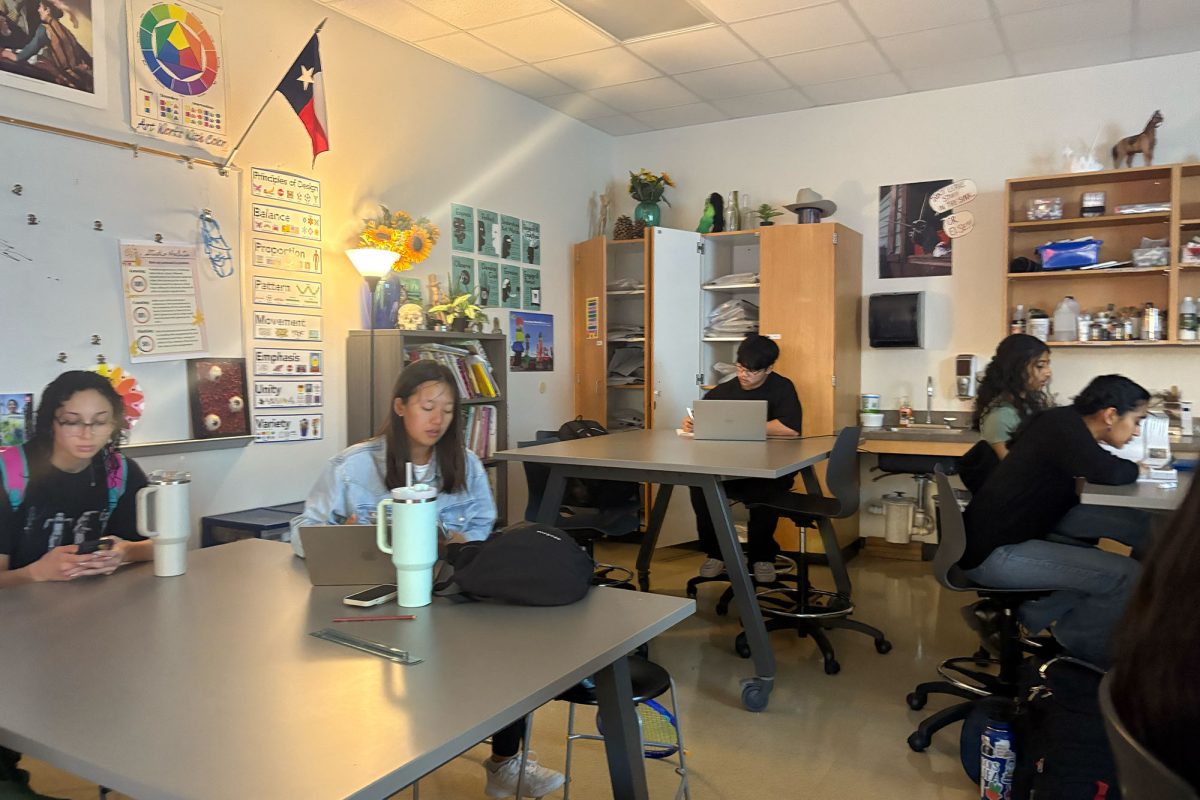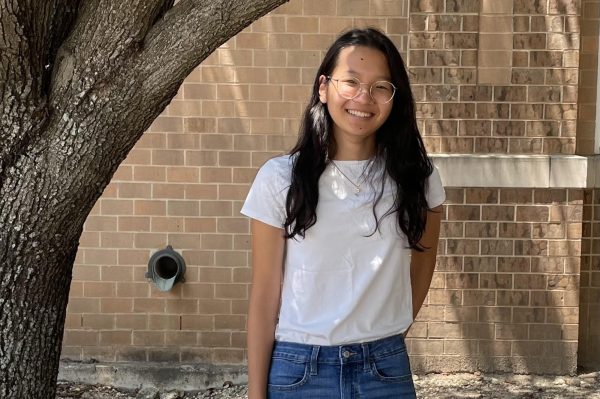1 in 8 women will be diagnosed with breast cancer, but according to the National Breast Cancer Foundation, supportive care isn’t always available, which is one goal of October being Breast Cancer Awareness Month.
There are Redhawks on campus that have personal experience with breast cancer, with school nurse Carolina Craft seeing first hand what it can do to patients and their families.
“I have taken care of many patients dealing with breast cancer during my time as a nurse (7 years), and it’s been heartbreaking to witness their suffering—especially when the cancer is not caught in time and becomes terminal,” Craft said. “Many mothers face the devastating reality of knowing they will leave their families and children behind, feeling powerless to change their situation. These experiences profoundly impact your life and drive the importance of awareness and early detection.”
As a result of uncontrollable growth in breast cells, breast cancer has several factors that increase risk, including sex, age, family history, and lifestyle. Beyond helping people know what symptoms to look for, Breast Cancer Awareness Month can help clear up misinformation.
“I’m not quite sure about how much other people know about breast cancer,” junior Nicole Dsilva said. “But I think I personally would like to know more. Especially since my grandmother is a breast cancer survivor, I think that knowing what she overcame is important to me as an individual, because I’ve always looked up to her.”
According to the National Breast Cancer Foundation, more than 360,000 people will receive a breast cancer diagnosis in 2024 and making as many people aware of what this means and how it impacts people is something worth knowing for Dsilva as the 5-year relative survival rate is 99% when breast cancer is caught early.
“[Breast cancer] affects so many people, and it can impact families in so many ways,” Dsilva said. “I think it’s important to recognize the victories and struggles of the patients themselves and their families. Another reason is that 30% of the women in the U.S. have breast cancer [so] awareness is definitely important for preventive methods, and also just general awareness of what others might be going through.”
That’s why seeing pink in October can be more than a fashion choice. And for Craft, small things like dressing up for Pink Out or simply talking about breast cancer can make a huge impact.
“Breast cancer affects many lives, and raising awareness, supporting research, and providing community support are vital,” Craft said. “Every small action can make a difference, whether it’s wearing pink in October or engaging in conversations about health. Together, we can create a more informed and supportive environment for those affected.”











